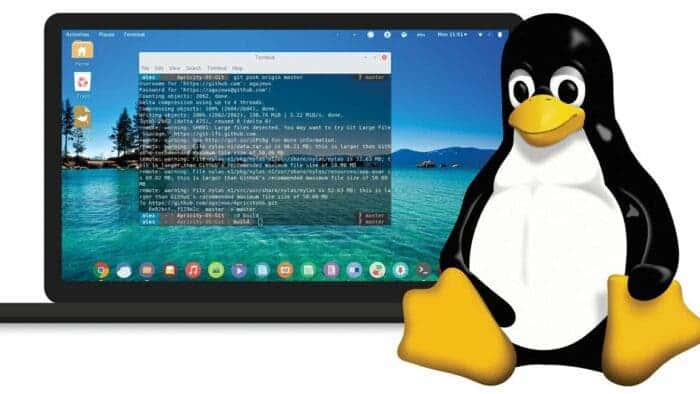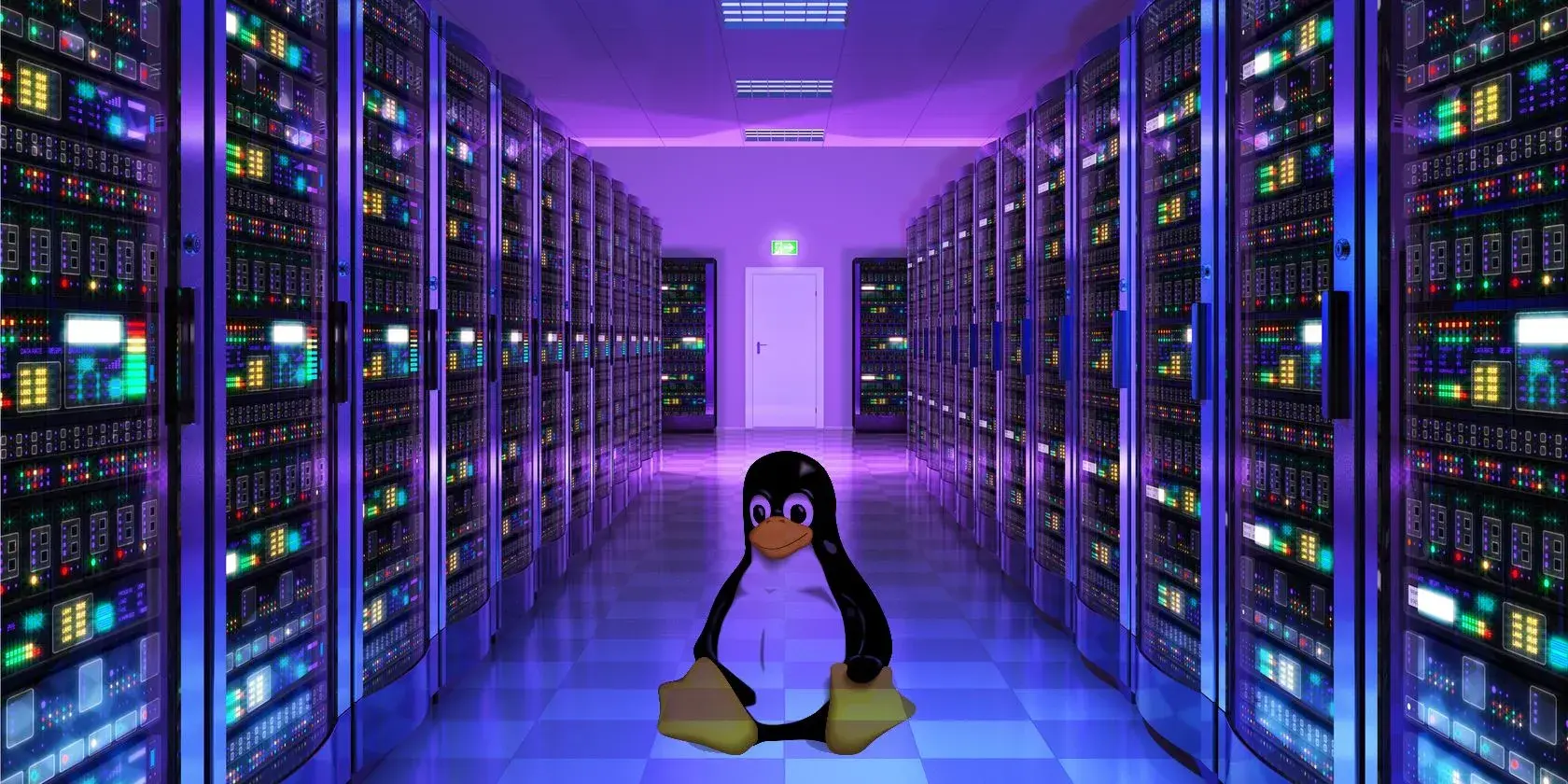Unlike gaming and video editing, programming doesn’t demand a high-end PC with the latest processor and graphics card. The minimal hardware needs make it accessible for coding, even if you’re using a Chromebook. Your choice of operating system can significantly affect your coding journey. While Linux may not be as strong as Windows 11 for gaming and graphics design, there are many reasons to opt for a Linux distribution if you’re into programming.
Linux is an Open-source Platform, More Customizable and Community-driven 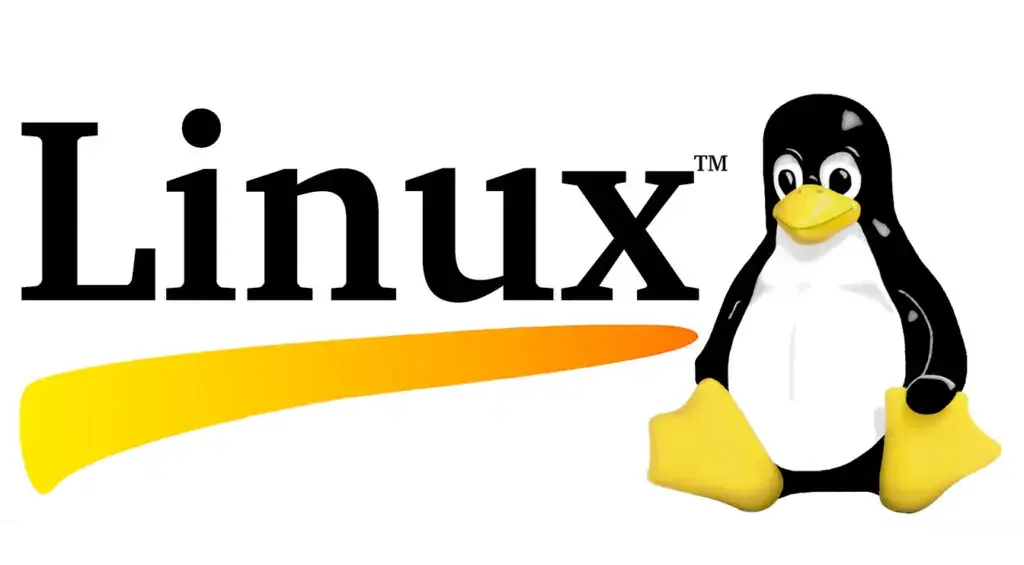
Thanks to the GNU General Public License, the complete source codes of the Linux kernel and Linux distributions are open-source and completely transparent. This means you can customize the user interface of your preferred Linux distribution by opening a code editor and adjusting its source code. Linux is also highly community-driven and extensively documented, simplifying the process of resolving any problems you might face when deploying your applications. In contrast to Windows 11’s problematic updates, you won’t have to address bugs or compatibility issues in your applications every time a new update is rolled out for your preferred Linux distribution.
Moreover, Linux distributions offer boundless customizability, allowing you to select the apps, modules, and services that best suit your system. Linux also exhibits greater POSIX compliance compared to Windows. This means that any applications you develop on Linux can be effortlessly adapted for use on macOS and other UNIX-based operating systems.
Linux OS Does not have Higher System Requirements 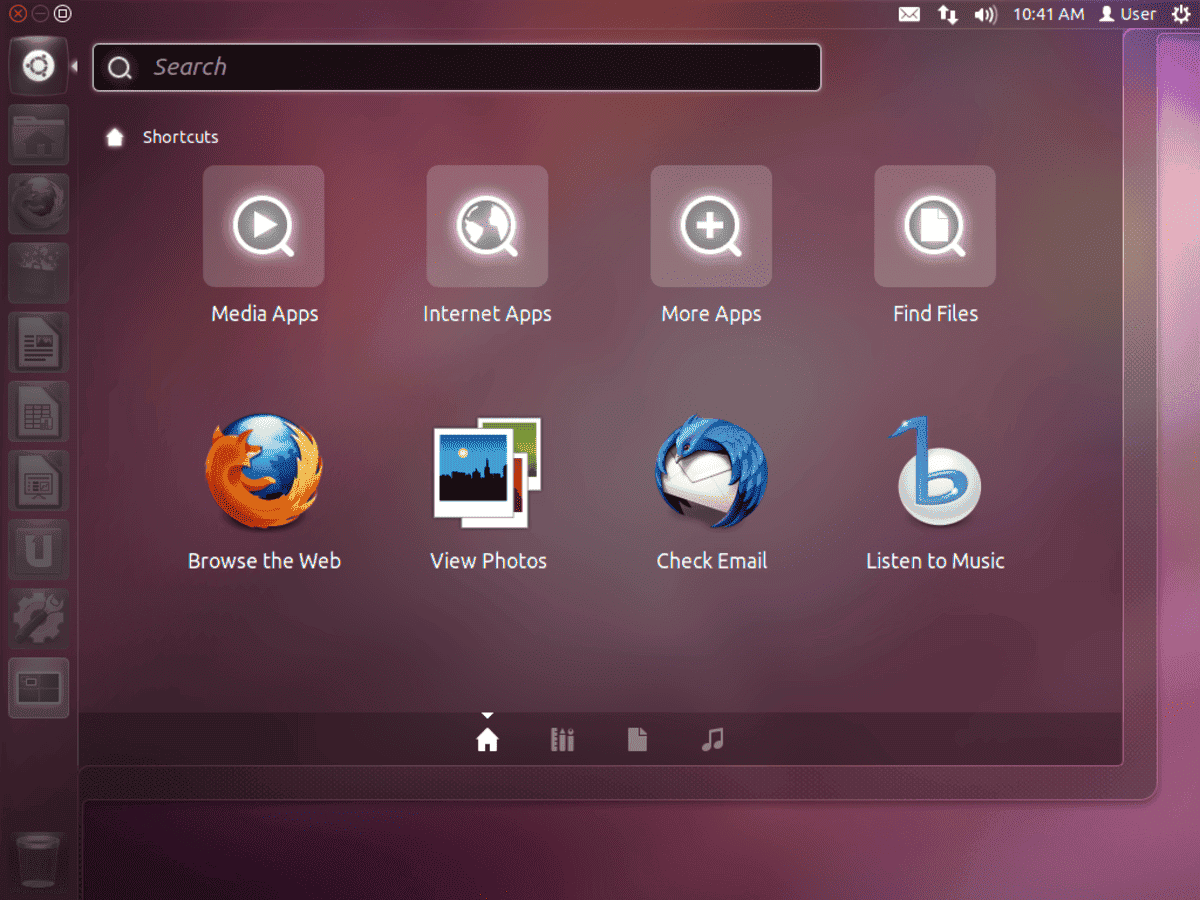
Like I mentioned before, you don’t require a high-end PC to develop, modify, or troubleshoot programs. If you happen to have an older computer that’s been around for ten years or more, you can rejuvenate it by installing Linux. In fact, for an ancient computer from the early 2000s, you can even opt for a headless SSH setup and skip the desktop environment.
On the other hand, Windows 11 demands a minimum of 4GB of RAM, 64GB of storage, and a 64-bit CPU with TPM version 2 support. Apart from their lower memory requirements, Linux distributions are generally devoid of the bloatware and advertisements that often accompany Microsoft’s most recent operating system. Furthermore, many software development tools were originally created for UNIX-based systems before being adapted to Windows. This means you’ll likely experience superior performance when using most integrated development environments (IDEs) and code editors on Linux.
Linux OS Boasts of Superior Package Managers 
In contrast, if you want to install Python on a Windows system, it involves a more manual process. You must visit the official Python website, download the latest Python version, and then execute the .exe file, specifying the installation directory. The process is similar if you need another Integrated Development Environment (IDE) or additional libraries for your project. Linux simplifies this with package managers. You can effortlessly install libraries, modules, and packages by entering a command in the terminal. This convenience streamlines software management, saving time and effort.
While Windows does offer package managers like Winget and Chocolatey, they don’t quite match up to the default package managers on Linux, such as APT, Pacman, DPKG, RPM, and others. Linux package managers provide a more extensive selection of modules compared to their Windows counterparts. Even though Chocolatey is a robust package manager for Windows, some of its premium features require a paid subscription. In contrast, Linux package managers are generally free and offer a wide range of modules. Linux excels in the ease of sharing and downloading packages, making it a preferred choice for many developers.
It is Easier to Manager Servers on Linux OS
Linux is widely preferred as the operating system for web servers and cloud platforms. This is due to its fast performance, strong security features, and scalability. Many server administration roles necessitate familiarity with bash and shell scripting. Users can easily access these platforms through the powerful Terminals available on most Linux distributions.
The similarity in the file system, libraries, and terminal commands across various Linux distributions and web servers makes becoming proficient with the Linux interface advantageous for server management. A good understanding of Linux will greatly facilitate your transition to containerization. This is because many Docker and virtual machines are built on Linux foundations.
Microsoft WSL2 is not Robust Enough to Replace Native Linux OS 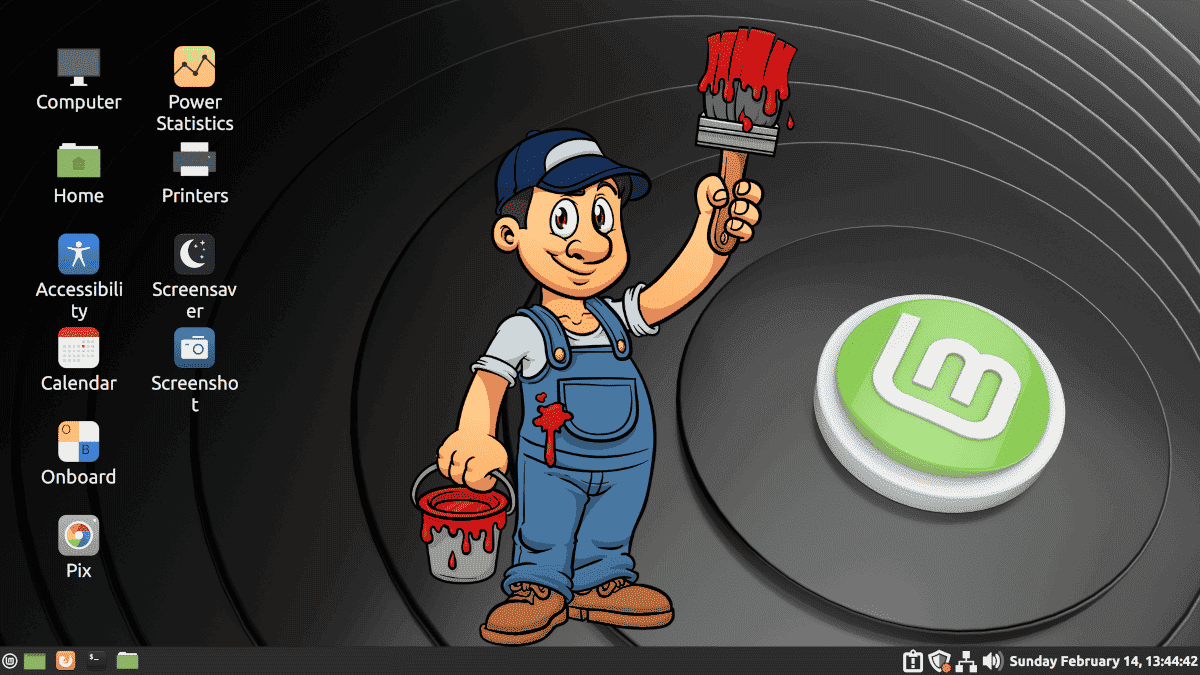
In 2016, Microsoft introduced the Windows Subsystem for Linux (WSL). It was an effort to enable Linux command-line tools and applications to run on Windows, with a reasonably successful outcome. WSL1 employed a translation layer to operate a full Linux distribution on a Windows 11 system. The platform avoided the performance drawbacks of a traditional virtual machine. However, it didn’t fully support all Linux binaries and system calls. Microsoft addressed this limitation by transitioning to a “lightweight utility virtual machine” for WSL2. This was a reliable solution for those seeking a Linux-style development environment on Windows, thanks to its compatibility with the Linux kernel.
However, it’s essential to note that WSL2 does not entirely substitute Linux. Although it offers improved performance compared to the previous version, it is notorious for consuming a significant amount of memory. Additionally, when attempting to edit or save documents to the Windows file system, WSL2 experiences slower read and write operations. Lastly, the second iteration of the Windows Subsystem for Linux remains incompatible with serial ports and the OpenCL API.
Is it Advisable for Developers to Switch from Windows to Linux OS?
A switch from Windows is not entirely advisable. For the typical programmer who is not prepared to set up both Linux and Windows, Windows remains a suitable operating system. If you are studying the .NET framework and the languages connected with it, it’s preferable to use Windows. This is because Microsoft’s exclusive software framework was created for this OS. When it comes to game development and 3D rendering, Windows has an advantage here.
However, if you desire the highest level of convenience and efficient resource utilization, Linux is the way to go. Linux excels in DevOps, server management, and web development. Installing Linux on your primary PC will provide you with easy access to the production environment. It will also introduce you to Linux-specific development tools like Nagios and Webmin.

